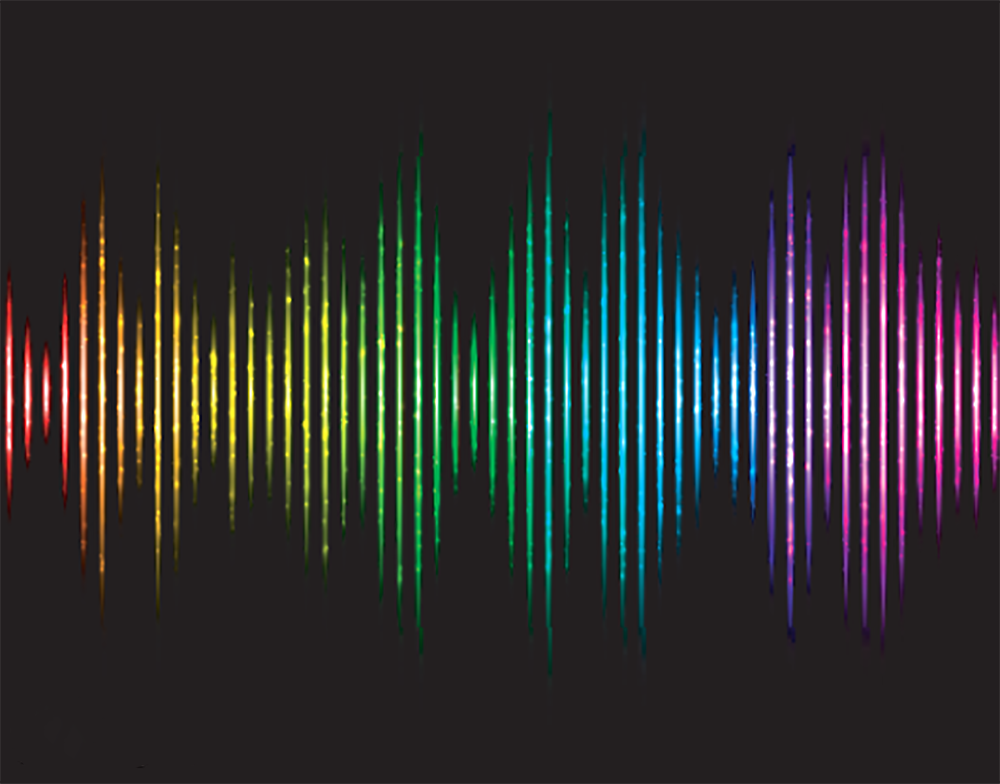
By: Brian Ales, Triton Digital
In my past life as a working music composer, I wrote and produced more than my share of music for advertising. From there, I slid into the music technology space, and from there on to my current work in audio adtech – but it’s still hard for me to think about advertising without thinking about the role of music creative. That’s why I’m excited about the idea of dynamic music creative optimization.
Consider the growing audio channel: the unique challenges and opportunities of audio are well recognized, but what sometimes can get overlooked is the very nature of audio itself: in the absence of visuals, the listener has that much more room to imagine and interpret. This means the music creative of an audio ad has that much more ability to influence the creative direction of the spot.
And in the case of music service publishers, music creative is even more important, because the listener isn’t there for DJ banter or local traffic and weather, she’s there for music. So, if it happens that there’s a significant musical disconnect between an ad and the adjacent song(s) and/or the listener’s personal genre preferences, that’s a missed opportunity. Not only does bad audio ad creative do little to increase spot load tolerance (already at a minimum for ad-supported online music services) – a bad and/or musically jarring listener experience could provoke an adverse reaction to the product or brand – a worse outcome than not running the ad at all.
Of course, music creative is important in video as well – historically, though, music creative in general has often been given short shrift in both audio and video post production (old composer’s joke: “What do producers do when they run out of time and money in post? Start thinking about music”).
But consider the potential of dynamic music creative: the ability to programmatically target an ad to an individual consumer’s momentary mood or general musical taste based on musical context and/or consumer data. And consider how this could essentially leverage a single (voice-over or music-free video) media asset to support a wide range of creative directions in real-time and highly scalable manner.
Granted, there is some lift involved: for one thing, this would involve passing musical genre (and other musical data) not only at the publisher format level, but also down at the impression level (adjacent song and/or first-party genre preference data). Moreover, this is going to involve a certain amount of convergence and/or disruption of the creative, production, and ad serving workflows – but that’s true of dynamic creative optimization in general.
But it’s worth doing, because despite all the cutting-edge programmatic technology at our disposal to buy, sell, and target an ad, if the actual creative being delivered is the result of a legacy broadcast-centric production workflow and has static baked-in ‘dumb’ music creative, we might be leaving something on the table (especially in the case of audio advertising).
To demonstrate the dynamic music creative value proposition and show how the new IAB Dynamic Content Ad Standard can help make dynamic music creative a reality, I’ve created several audio ad examples here.
ABOUT THE AUTHOR

Brian Ales is a Solution Specialist at Triton Digital, based in New York. Previously, he was employee #2 at social network analytics firm, Dataminr, and was lead third-party content curator at music production software firm, Ableton AG, in Berlin.